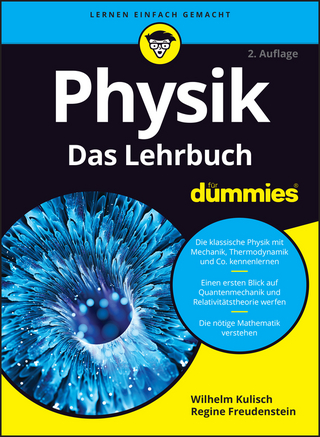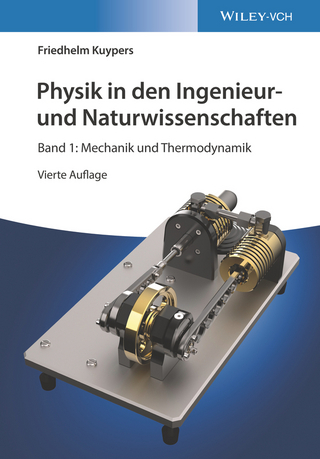
Heat Conduction within Linear Thermoelasticity
Springer-Verlag New York Inc.
978-0-387-96156-9 (ISBN)
- Titel ist leider vergriffen;
keine Neuauflage - Artikel merken
The reader is referred to the article [9] of COLEMAN, FABRIZIO, and OWEN for the derivation of such an equation from modern Continuum Thermody- namics and for references to earlier work in this direction. viii Introduction amply demonstrated that the heat equation enjoys many properties of great interest and elegance.
1 Preliminaries.- 1.1 One-dimensional linear thermoelasticity.- 1.2 An energy integral.- 2 The Coupled and Quasi-static Approximation.- 2.1 An integro-differential equation.- 2.2 Construction of solutions.- 2.3 Failure of the Maximum Principle.- 2.4 Behaviour of the kernel.- 2.5 Initial sensitivity to the boundary.- 2.6 A monotone property of the entropy.- 3 Trigonometric Solutions of the Integro-differential Equation.- 3.1 Maximum Principles for the pointwise mean total energy density and the pointwise mean square heat flux.- 3.2 The effect of coupling on trigonometric solutions.- 4 Approximation by Way of the Heat Equation or the Integro-differential Equation.- 4.1 Status of the heat equation.- 4.2 Comments on Theorem 13.- 4.3 Proof of Theorem 13.- 4.4 Mean and recurrence properties of the temperature.- 4.5 Status of the integro-differential equation.- 5 Maximum and Minimum Properties of the Temperature Within the Dynamic Theory.- 5.1 Maximum and minimum properties with prescribed heat fluxes.- 5.2 Maximum and minimum properties with prescribed temperatures.- References.
| Reihe/Serie | Springer Tracts in Natural Philosophy ; 30 |
|---|---|
| Zusatzinfo | biography |
| Verlagsort | New York, NY |
| Sprache | englisch |
| Gewicht | 260 g |
| Einbandart | gebunden |
| Themenwelt | Naturwissenschaften ► Physik / Astronomie ► Allgemeines / Lexika |
| Naturwissenschaften ► Physik / Astronomie ► Thermodynamik | |
| ISBN-10 | 0-387-96156-9 / 0387961569 |
| ISBN-13 | 978-0-387-96156-9 / 9780387961569 |
| Zustand | Neuware |
| Informationen gemäß Produktsicherheitsverordnung (GPSR) | |
| Haben Sie eine Frage zum Produkt? |
aus dem Bereich


